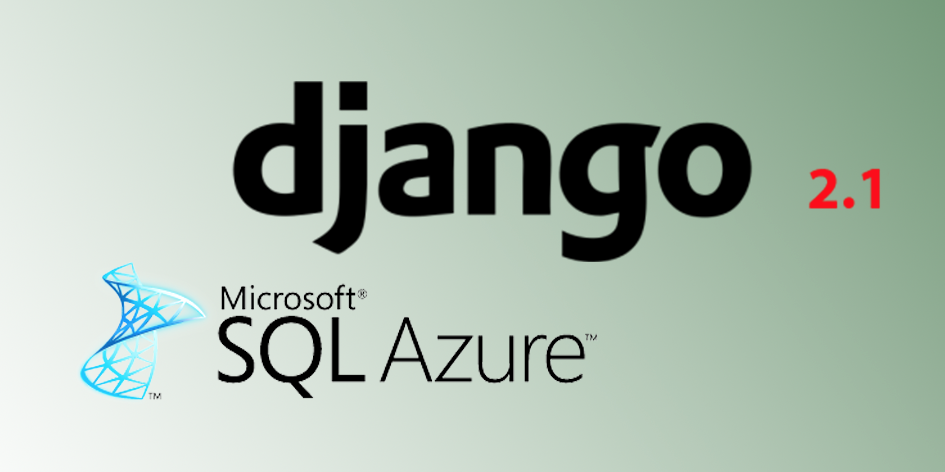How to use MS SQL as Database Server in Django 2.1
Install ODBC Driver for MS SQL Server
OS X 10.11 (El Capitan), 10.12 (Sierra), 10.13 (High Sierra), and 10.14 (Mojave)
$ brew update
$ brew install -no-sandbox msodbcsql17 mssql-tools
$ brew tap microsoft/mssql-release [https://github.com/Microsoft/homebrew-mssql-release](https://github.com/Microsoft/homebrew-mssql-release)
Ubuntu 14.04, 16.04, 17.10 and 18.04
$ sudo su
$ curl [https://packages.microsoft.com/keys/microsoft.asc](https://packages.microsoft.com/keys/microsoft.asc) | apt-key add -
$ curl [https://packages.microsoft.com/config/ubuntu/**_{version}_**/prod.list](https://packages.microsoft.com/config/ubuntu/%7Bversion%7D/prod.list) > /etc/apt/sources.list.d/mssql-release.list
$ exit
$ sudo apt-get update
$ sudo ACCEPT_EULA=Y apt-get install msodbcsql17
$ sudo ACCEPT_EULA=Y apt-get install mssql-tools
$ echo 'export PATH="$PATH:/opt/mssql-tools/bin"' >> ~/.bash_profile
$ echo 'export PATH="$PATH:/opt/mssql-tools/bin"' >> ~/.bashrc
$ source ~/.bashrc
$ sudo apt-get install unixodbc-dev
# Adjust the {version} with your ubuntu version (14.04,16.04,17.10,18.04)
Install Django Pyodbc Azure
Install django-pyodbc-azure using pip on the python environment of your djangoapp.
pip install django-pyodbc-azure
Update Database Configuration
Update your databases configuration in settings file of the project like the following. Adjust the name, host, user, password, and port parameter with yours.
DATABASES = {
'default': {
'ENGINE': 'sql_server.pyodbc',
'NAME': '***',
'HOST': '***',
'USER': '***',
'PASSWORD': '***',
'PORT': 1433,
'OPTIONS': {
'driver': 'ODBC Driver 17 for SQL Server',
}
}
}
Done 😉
Exported from Medium on April 6, 2019.
Backend Engineer
